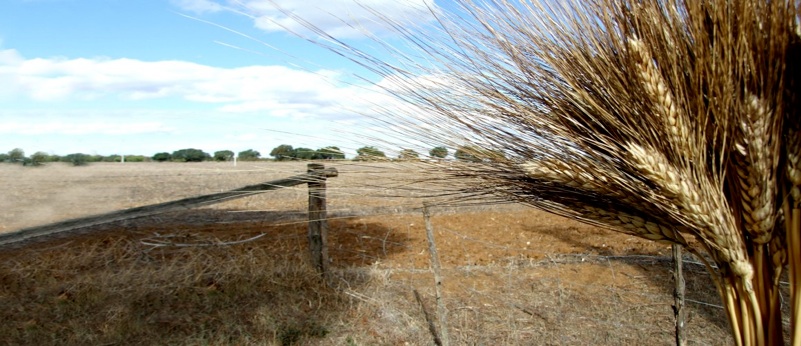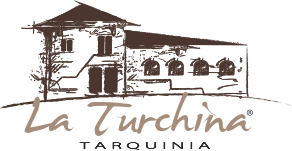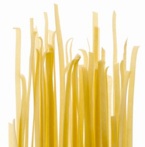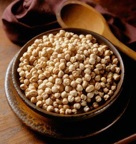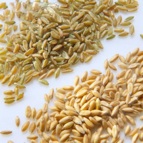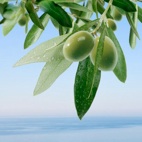The chickpea (Cicer arietinum) are the seeds of an annual herbaceous plant of the family of Pulses, originally from the Middle East which then spread to India and China.
The plan of chickpeas can reach meters high and looks like a herbaceous stem with long pods each containing up to 4 pale yellow seeds, ceci beans, shape and texture hard; its leaves are formed themselves from leaves and fruits (pods), that can be opened along its length in two lines.
The roots of the plant of chickpeas can penetrate the soil up to 2 meters, and then the plant can survive with very little water.
Chickpeas are cultivated by ancient time in all the countries of the Mediterranean basin. The term "arietinum" derives from the shape of the seed that looks across at the head of a ram, because observing it, it can be seen even the shape of horns. Chickpeas are pulses of ancient origin: at the time of the Egyptians were the meal of poor slaves, while Romans loved ceci-beans fried in olive oil.
Chickpeas are the most cultivated legume in the globe, and occupy the third place among the most consumed pulses (India is the largest consumer); in Italy they are grown somewhat in all regions, with prevalence in the middle (Tuscany, Umbria, Lazio) and the south (Sicily, Puglia), but not in large quantities, because the reduced productivity makes it uneconomic cultivation, which has been replaced by a very long time now, from peas and beans.
The pods of ceci-beans are harvested in June / July when they are dry.
There are two varieties:
• Mediterranean, largest and tending to yellow
• Eastern, Europe, smaller and reddish.
Unlike other legumes, ceci-beans are consumed only dried and they have a high energy value, a good protein content and low-fat.
Among the vegetables, ceci-beans are very rich in calories: containing 6% fat, while beans, lentils and peas will have only a maximum of 2%.
As with almost all legumes, carbohydrate content is very high (around 55%), while the protein amounted to an average 20%; they are rich in phosphorus and potassium and contain a good proportion of linoleic acid and therefore can be considered discrete sources of essential fatty.
They are very rich in starch and also contain good amounts of minerals, fiber and vitamin A and C, as well as saponins, substances that help the body to eliminate cholesterol from the intestine. Due to the amount of cellulose contained in them, they should be consumed in moderation by those suffering from colitis.
